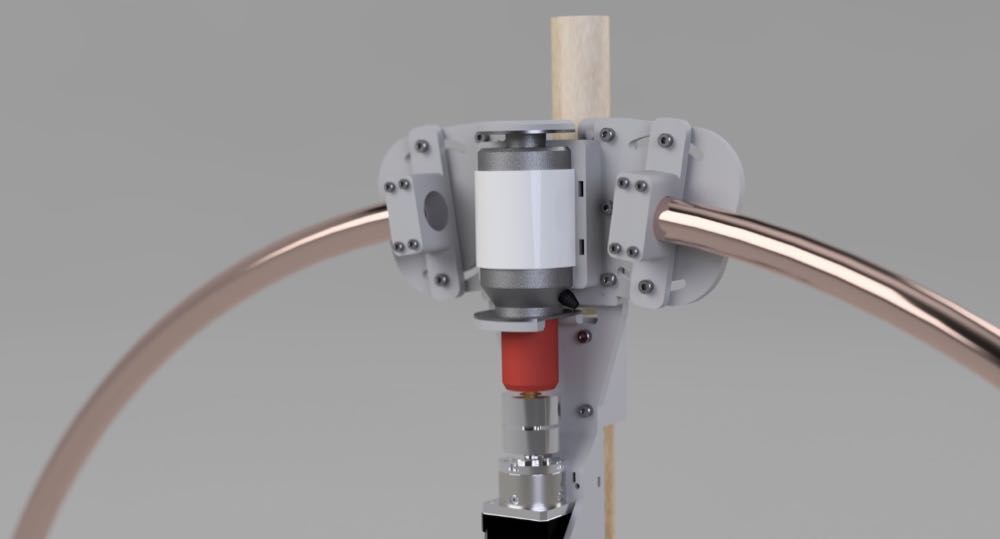I’m often asked about what’s involved with building a home brew magnetic loop antenna.
If you’re considering building a passive loop antenna–one designed to both transmit and receive without any sort of receiver amplification–it’s a simple project. With basic DIY skills, a little math, a good variable capacitor, some copper tubing or coax, and a few inexpensive parts, it’s easy to make a passive antenna designed to operate on a given portion of the HF spectrum. It can be an easy two hour build as long as you have all of the parts. There are a number of tutorials for doing this on the web and several books on the topic (one of my favorites is Joe Carr’s Loop Antenna Handbook).
The compromise with a passive loop design is that they tend to have a very narrow bandwidth. In other words, you might have to re-tune the antenna via the variable capacitor even if you only move the frequency 5-10 kHz or so.
Via Hackaday, I recently discovered this innovative self-tuning passive loop antenna design by Eric Sorensen. Eric implements a stepper motor to make tuning adjustments. Not necessarily a beginner’s project, but the principles are straight-forward. He even includes a link to his printed components.

